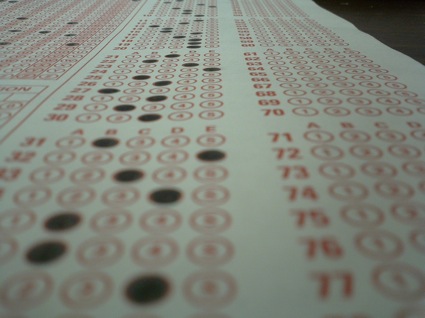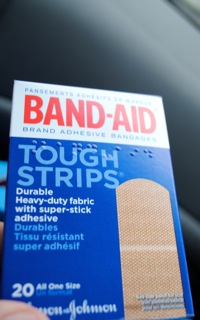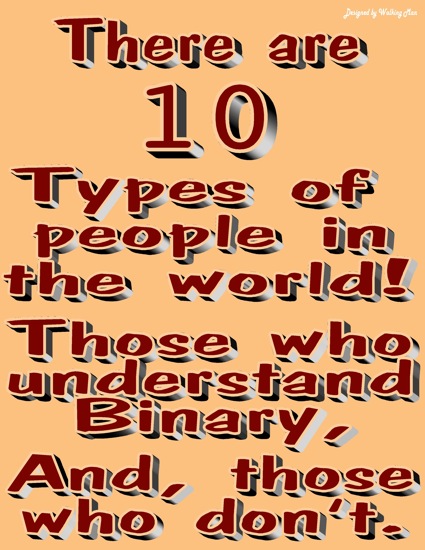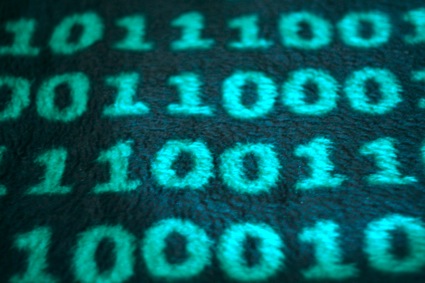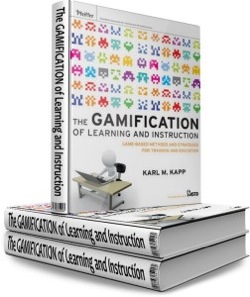
Let me preface this review by sharing a bit of my background and how that colors my review of this book. I am not an instructional designer; I have not had any course work in instructional design or in education theory. I am a Mechanical Engineer by training, with all my degrees in Mechanical Engineering. I teach in a diverse department (Engineering and Technology) at a community college. As such, my load is five courses a semester and I often teach 6 or 7 different courses each semester, ranging from Physics and Engineering to CAD, Networking and Electronics. Many of the courses I teach are in very dynamic disciplines that change virtually every time the course is taught – meaning that I'm happy most semesters to keep my head above water.
That said, in the 15 years I have been teaching, I have seen an erosion in the quality of my students. That's not to say that I still don't have the high achievers, motived either by grades (extrinsic) or by the desire to learn and improve themselves (intrinsic), but in the aggregate, I've seen a decline in my students. This includes an almost pathologic aversion to reading, a strong resistance to researching topics on their own and a expectation that they should be spoon-fed the material each week. As they struggle with their motivation to read, participate, study, even attend class, I struggle with how to fight their inertia and shift the pendulum back in the other direction. In his new book, The Gamification of Learning and Instruction, Karl Kapp provides a framework for doing just that.
Kapp begins by describing an experiment in behavior modification called "Piano Stairs," detailed in the video below:
As a bonus, here's another example encouraging people to use the waste bins for garbage:
Using the "piano stairs" as a vivid illustration of how a system re-design can change behavior, Kapp then provides a number of examples of how games and gamification can improve productivity, safety, and student engagement. At this point, I was sold! Sign me up, I'm ready to "gamify" all of my courses.
The remainder of the book is split into two distinct sections. The first provides the theoretical and research-based underpinnings of Kapp's exploration of gamification. As an instructional design professional, Kapp provides a formal definition for gamification as well as the various elements that comprise a game. He then delves into the scholarly research, summarizing various theories of gamification and providing an extensive survey of the research into the effectiveness of gaming. He even references Mihaly Csikszentmihalyi'sFlow: The Psychology of Optimal Experience to explain the intense engagement gamers experience and the goal of building experiences that require a high challenge level combined with a high skill level.
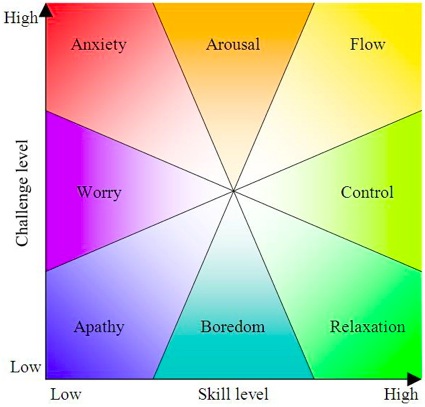
He also indirectly references the concept of disciplined practice from Malcolm Gladwell's Outliers and Daniel Pink's description of Motivation 3.0 in his book Drive – provide students with autonomy, the ability to master a topic, and a purpose.
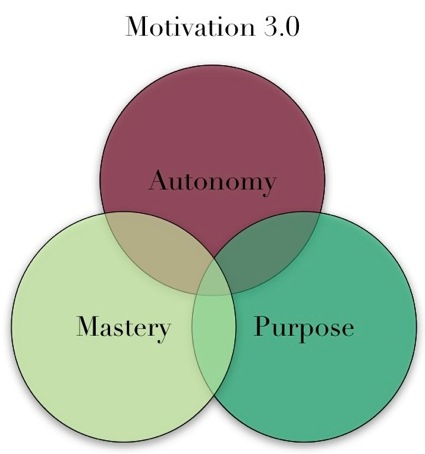
The second half of the book focuses on implementation details, as well as additional examples of gamification in the real world and a very insightful first-person look at gaming from the perspective of an actual gamer – Karl's son Nathan. Additional contributors provide valuable content rooted in real-world experiences. This includes a chapter on reward structures from a game designer, implementation details from a large government entity, and the potential for augmented reality applications to take learning outside of the classroom.
Some reflections from my reading of the book:
- my courses have not been designed by an instructional designer and do not follow any instructional design or education theory models
- any course would benefit from the "gamification" approach Kapp describes, because it would force one to take a critical look at the design of their course
- it's not surprising that my courses do not follow instructional design or educational theory conventions, as I have no training in these areas and as a college we have one instructional designer for over 200 faculty
- there's a great opportunity for textbook publishers to re-consider the instructional materials bundled with a textbook – rather than Powerpoint slides and a test bank, what about including small learning objects for each chapter that are built on gaming concepts
Much of the book causes me to contrast active versus passive learning. Traditional classroom instruction - even e-learning modules are typically passive. Well-constructed gaming is instead active. Consider the following brain scan of a student:
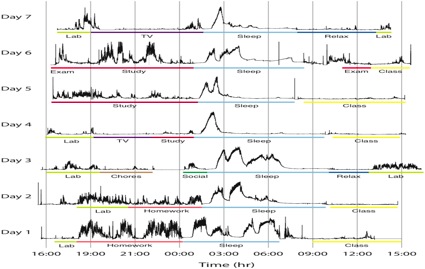
From: A Wearable Sensor for Unobtrusive, Long-Term Assessment of Electrodermal Activity Poh, Swenson, Picard: IEEE TRANSACTIONS ON BIOMEDICAL ENGINEERING, VOL. 57, NO. 5, MAY 2010 http://affect.media.mit.edu/pdfs/10.Poh-etal-TBME-EDA-tests.pdf
Although this is by no means a scientific study – one student for one week, it is indeed instructive. If we zoom in on a couple portions of the scan:

we see that during passive activities (watching TV and class), there is very little activity/engagement. Contrast that with engagement derived from other activities such as lab, exam, and study. I would expect even more engagement when a student is immersed in a gaming environment.
With so many classes and no dedicated instructional designer, I can't apply gamification to an entire course, but this summer will be a great opportunity to build and implement small discrete elements of gamification into my courses. I'm excited to try this and looking forward to increased student engagement!
Great job Karl!







